LEARNING PATH
The complete guide to B2B marketing
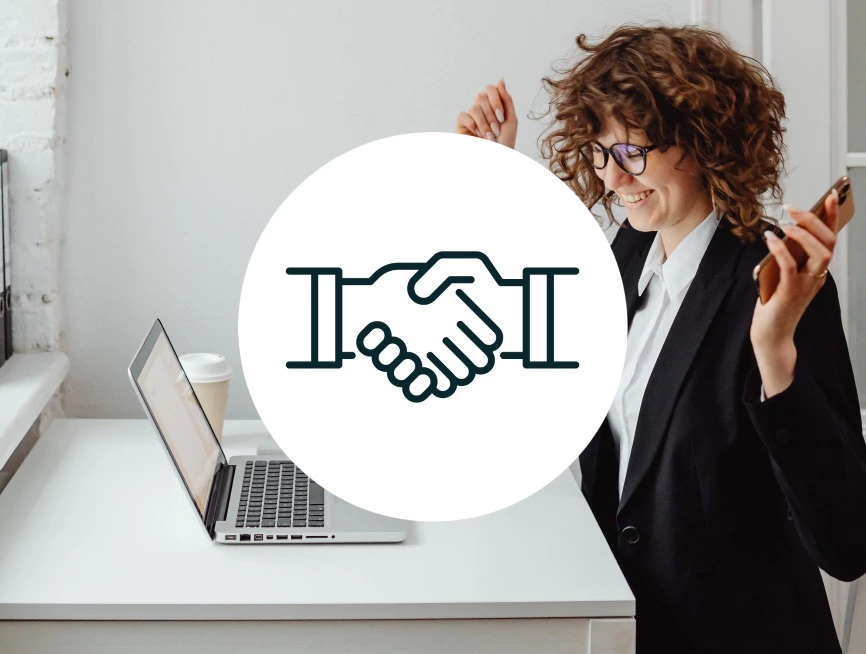
B2B marketing definition
B2B marketing stands for business-to-business marketing. It refers to the marketing of products or services to other businesses, as opposed to individual consumers, with the aim of driving brand awareness, communicating the value of your offerings and converting leads into customers.
B2B marketing is targeted at specific roles within an organization looking to solve a pain point their business is currently facing. There are many different types of B2B products and services, such as office supplies and software-as-a-service (SaaS).
B2C (business-to-consumer) marketing, on the other hand, targets individual consumers who are looking to buy products or services for themselves, such as clothes or cosmetics.
B2B marketing strategies
Two important starting points when developing your B2B marketing strategy are defining your buyer persona(s) and understanding the B2B marketing funnel.
Let’s look at each of these in turn.
Defining your buyer persona(s)
B2B products and services are typically targeted at niche audiences within a specific market with a specific set of needs and pain points. That’s why it’s essential to define your audience when starting out with your B2B marketing strategies, and that’s where buyer personas come in.
A buyer persona is a representation of your target customer that you create based on market research and data about your existing customers.
Marketers can undertake this research themselves and also work with key stakeholders across the business to uncover the necessary information about prospects and existing customers needed to create buyer personas. The best buyer personas are created out of collaborative effort across teams.
It’s important to make your buyer personas as real as possible by giving them a name, age and other demographic information. Then you’ll need to fill them out with in-depth details into their goals and pain points.
Understanding the B2B marketing funnel
A B2B marketing funnel is a framework that demonstrates the journey people take to become a paying customer, including the marketing actions that happen and the touchpoints that are interacted with at each stage.
B2B marketing funnels tend to be much longer than their B2C counterparts, since there is often more money and more stakeholders involved.
There are 3 stages of a traditional B2B marketing funnel. These are:
1) Top of the funnel (TOFU) – the awareness stage
Prospects are becoming aware of their pain points at this stage but they’re not yet aware of potential solutions. Your marketing at this stage should be geared towards raising brand awareness and generating leads.
Some marketing tactics to employ at this stage of the B2B marketing funnel include blog posts covering key search terms related to the pain points your prospects are experiencing, so that when they research their challenges and potential solutions, your blog content will appear in the search results. This helps establish thought leadership and raise brand awareness.
Social media is another effective top of the funnel tactic. Find out which social channels your buyer personas use and establish and maintain a presence on those channels with frequent posting.
2) Middle of the funnel (MOFU) – the consideration stage
At this stage of the funnel, prospects are fully aware of their problem and are actively looking for solutions.
It’s at this point that you should introduce your offering as a solution. This could be in the form of product videos, or case studies showcasing your happy customers and the results they’ve seen with your business, for example.
3) Bottom of the funnel (BOFU) – the decision stage
This is the final part of the funnel, the moment when your prospects are ready to make a decision on purchasing your product or service.
The line blurs with sales here, with key tactics at this stage including custom demos with sales representatives and free trials if it makes sense for your business to offer them.
B2B marketing channels and tactics
Through the research you’ll have undertaken when defining the B2B marketing funnel and creating your buyer personas, you should start to get an understanding of which B2B marketing channels and tactics to use.
To help you get started, try answering the following questions about your prospects and customers:
1) Where do they spend their time online?
2) Which social media networks do they prefer?
3) What industry events do they attend?
Once you’re able to answer those questions, you’ll be in a good place to choose the best B2B marketing channels and tactics for your audience.
Some examples of B2B marketing channels and tactics include:
- Social media marketing
- Search engine optimization
- Paid search
- Content marketing
- Email marketing
- Events
- Podcasts
B2B marketing examples
HTS Spares – Data capture popover
HTS Spares uses targeted data capture popovers to offer new visitors a 10% discount if they sign up to the newsletter. This helps to increase their database and encourage customers to make a purchase.
The company gained more than 460 new contacts from the popovers over 9 months and generated £23K in revenue.
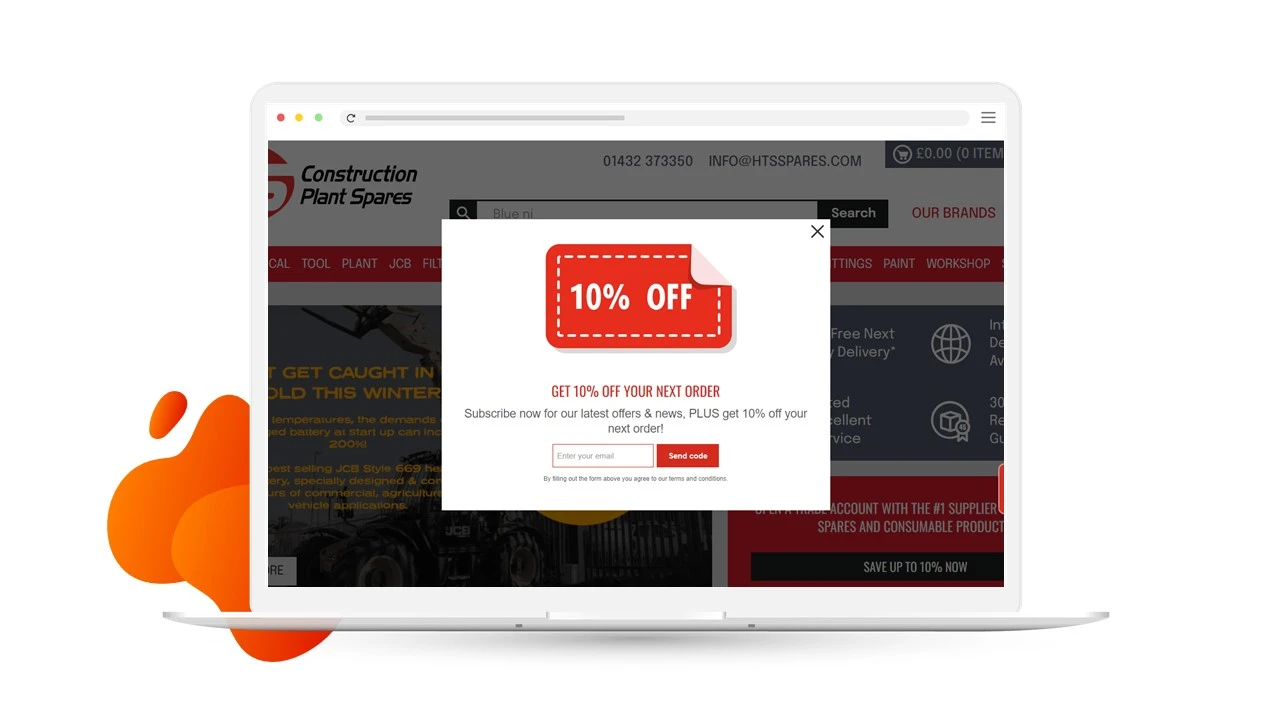
Cooksongold – Product recommendations
Cooksongold highlights the customer’s recently browsed items on product pages, enabling them to present products likely to be of specific interest to that customer.
Onsite product recommendations such as these have helped the company achieve a 112% year on year sales uplift.
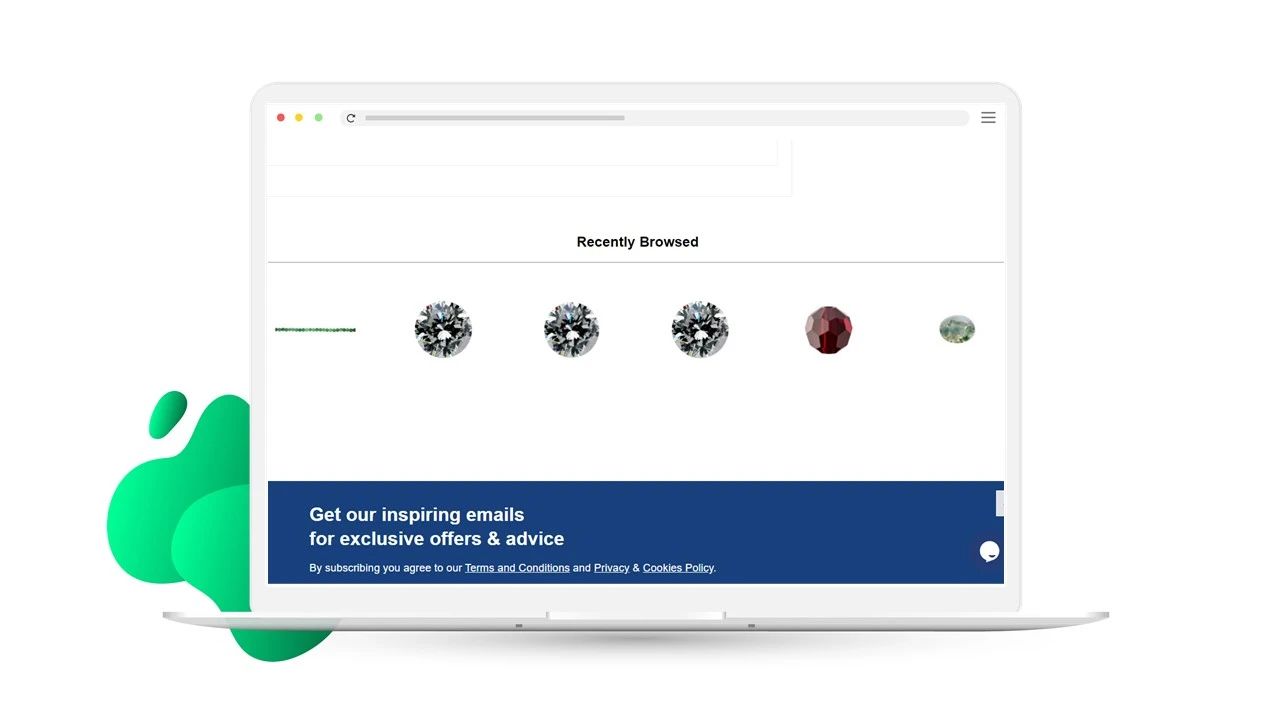
FFX – product recommendations
FFX Tools includes a ‘frequently purchased together’ recommendations bundle on hero product pages, with checkboxes to make it easy for customers to add the extra products to their cart. This is an effective way to increase average order value.
They’ve seen 5% of orders coming from their recommendations bundles and have seen a 49% increase in incremental average order value and a 34% increase in total revenue.
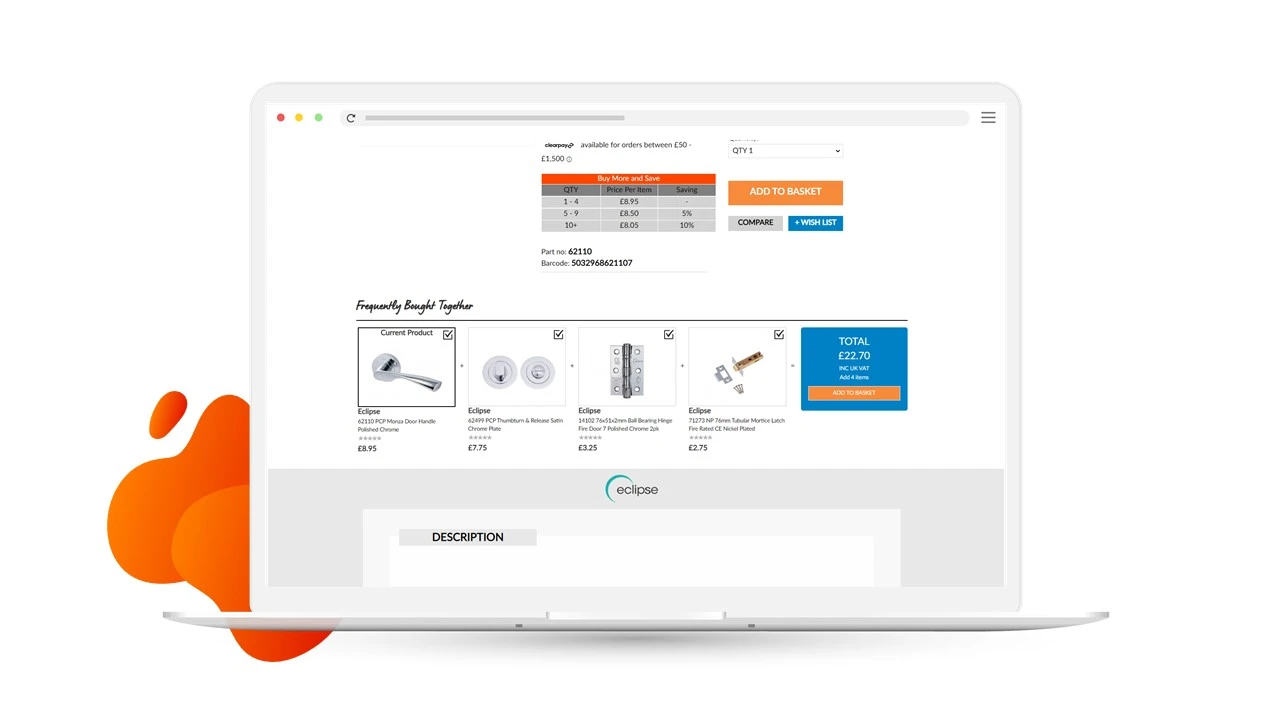
HTS Spares – cart abandonment email
Cart abandonment is a key contributor to revenue loss for eCommerce businesses. Cart abandonment emails can help turn this lost revenue into sales. HTS Spares knows how important the basket building stage is for their customers, so have implemented a 2-stage cart abandonment email program to remind shoppers to return to the website to complete their purchase.
The first email is automatically triggered 30 minutes after the shopper has abandoned their cart, and the second email is triggered after 24 hours.
HTS Spares has generated £394K in revenue with cart abandonment emails over the last 9 months alone.
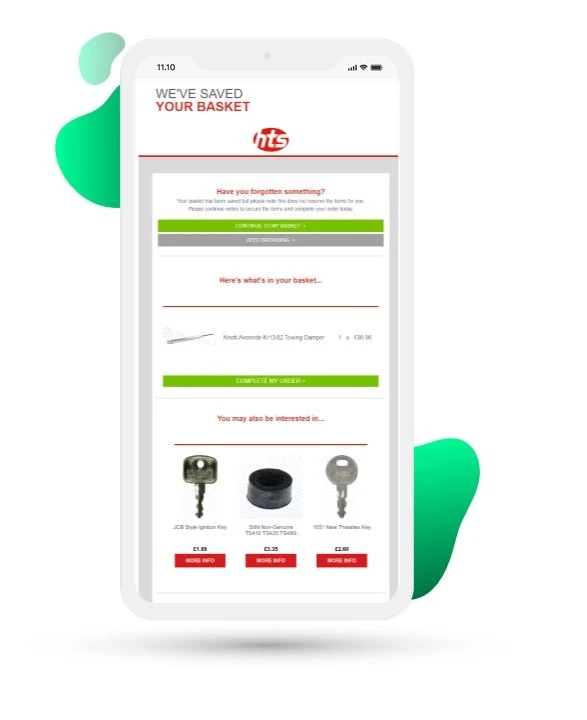
B2B marketing platforms
Much like B2C marketing, there are a plethora of marketing software that can aid and amplify your B2B marketing.
Here are some types of B2B marketing software you might want to consider:
- Email marketing platforms
- Marketing automation tools
- Social media management tools
- Marketing analytics tools
- Content management systems
- Personalization and optimization tools
How Fresh Relevance can help
If you sell to business customers, you know that because they are typically high value and relatively small in number, it’s really important to make the most of every single customer interaction. The Fresh Relevance B2B personalization module empowers you to provide a seamless and personalized consumer-like buying experience. This in turn enables you to help your customers buy more easily and explore more of your product range.
Our B2B personalization module adds to our full suite of functionality, including cross-channel personalization, advanced triggered messaging, customer data management and optimization features. The module provides support for multiple price lists, which empowers you to display the correct prices according to each individual customer’s contract.
There are many ways your business could benefit from Fresh Relevance’s B2B personalization module. For example, you can:
- Display the correct prices for each individual’s contract, via Fresh Relevance’s support of multiple price lists.
- Show different prices for logged-in trade vs retail vs logged-out trade and deliver separate customer experiences for each group.
- Exclude products which aren’t available to particular clients (for example, due to location or licensing).
- Allow sales staff to see a visitor’s activity on your site, such as products browsed.
- And much more.
Book a demo to learn more about our B2B personalization module and how it can help your business.
FAQs
What are three benefits of the B2B eCommerce?
Three benefits of B2B eCommerce are enhanced efficiency through automated processes and reduced manual work, broader market reach by enabling global transactions, and improved customer experiences with 24/7 accessibility and personalized online interactions.
Are there disadvantages to B2B eCommerce?
Yes, disadvantages of B2B eCommerce include security concerns related to sensitive business and customer data, the complexity of implementing and integrating eCommerce systems, potential resistance to change within traditional industries, and the need for ongoing maintenance and updates.
What are the two main types of B2B commerce?
Within B2B commerce, there’s a distinction between “niche-focused” and “industry-agnostic” approaches. Niche-focused B2B businesses offer specialized, tailored solutions. In contrast, industry-agnostic B2B companies provide products or services that can be applied across various industries, aiming for broader market reach.





